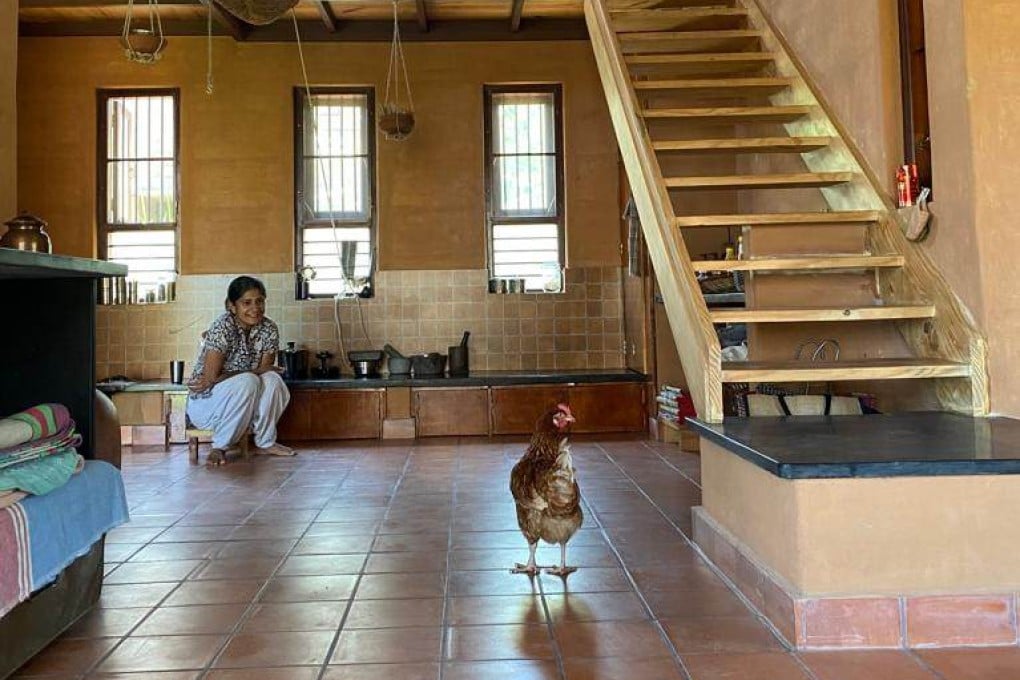Advertisement
Why are some urban Indians choosing to live in homes made out of mud, cow dung or sugar cane?
- There’s a growing movement among the middle and upper classes, partly as a reaction to pandemic upsets, to find a simpler and greener way of living
- ‘We wanted to reconnect with nature and go back to being part of the web of life. The choice to live in a mud house added to this process’
Reading Time:4 minutes
Why you can trust SCMP
3

Whenever Reva Malik visited India’s tribal areas, she felt drawn to their inherent sense of sustainability. After living in multi-room flats and houses in multiple cities, three years ago she moved to a one-room open plan 750 sq ft (59 sq m) mud house in a small community consisting of such homes on the outskirts of the southern Indian city Bangalore.
Advertisement
Malik, a married mother of one, spent 2.5 million Indian rupees (US$30,500) to build her new mud house.
“We wanted to reconnect with nature and go back to being part of the web of life. The choice to live in a mud house added to this process and made it wholesome for us,” said Malik, who co-owns consultancy firm Primalise.
“We realised that nature is truly abundant,” Malik added.
Many other middle and upper-middle class families who used to live in sprawling bungalows or big city flats are now choosing to live in smaller mud houses, largely on the outskirts of small towns, opting for simpler living while coping with climate change.
Advertisement
Designers, planners and architects are helping them to build minimalist homes with primarily mud, but also other locally-sourced materials including bamboo, recycled wood, lime, baked bricks, cow dung, wheat husks and stones.

Advertisement